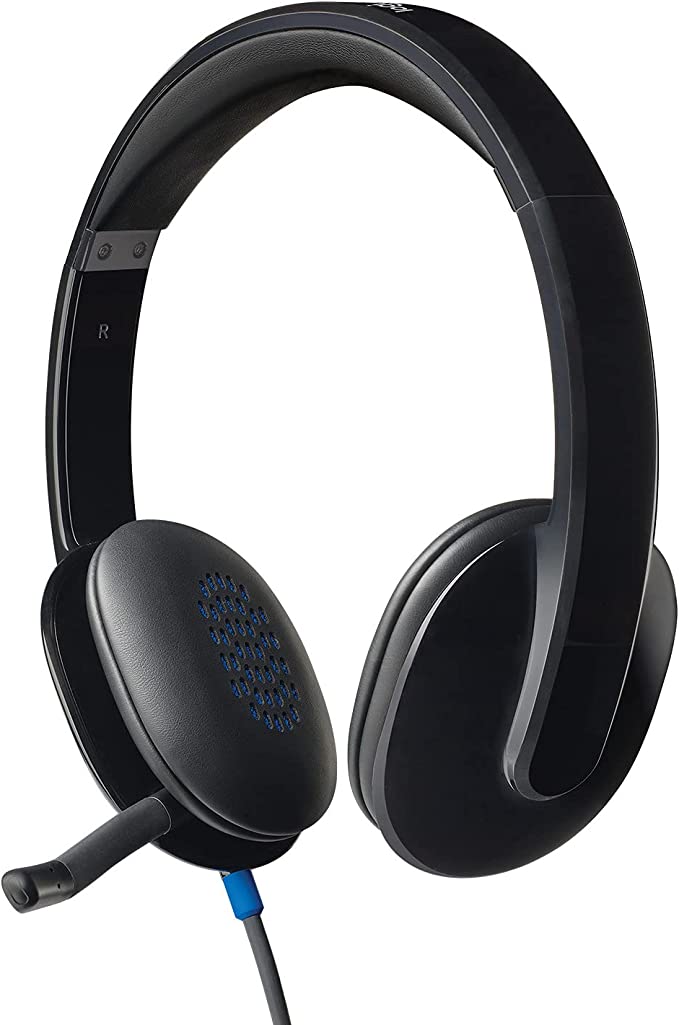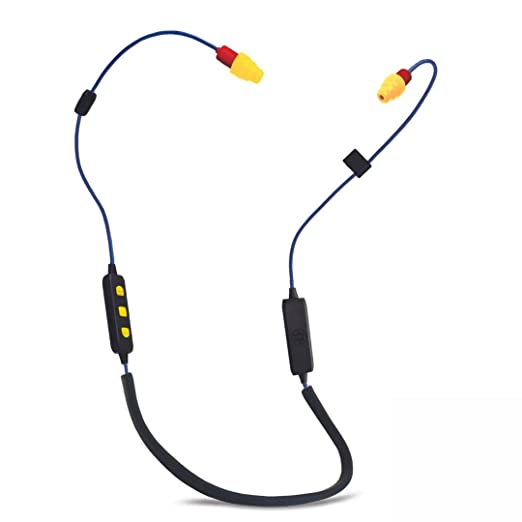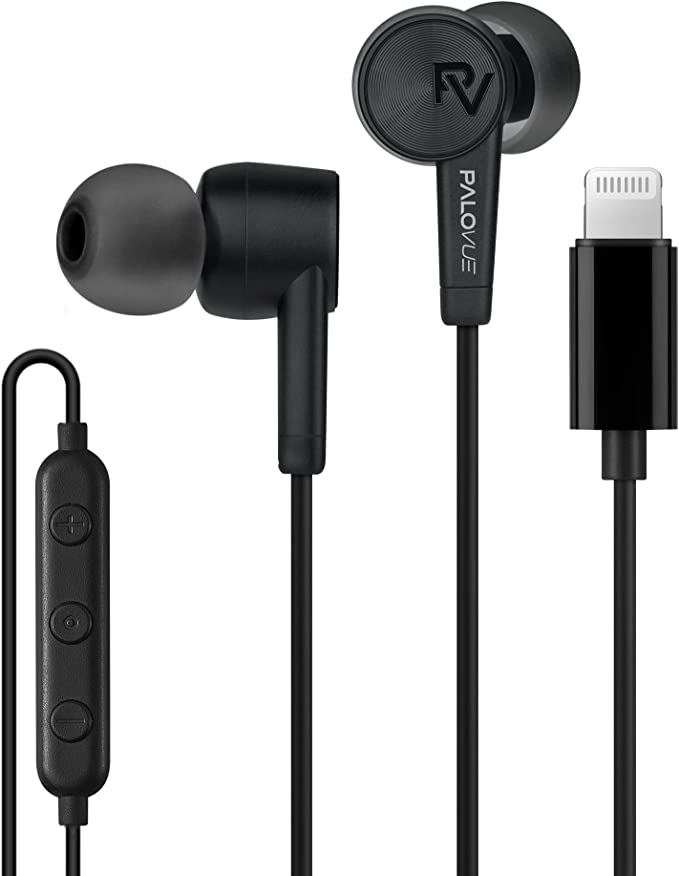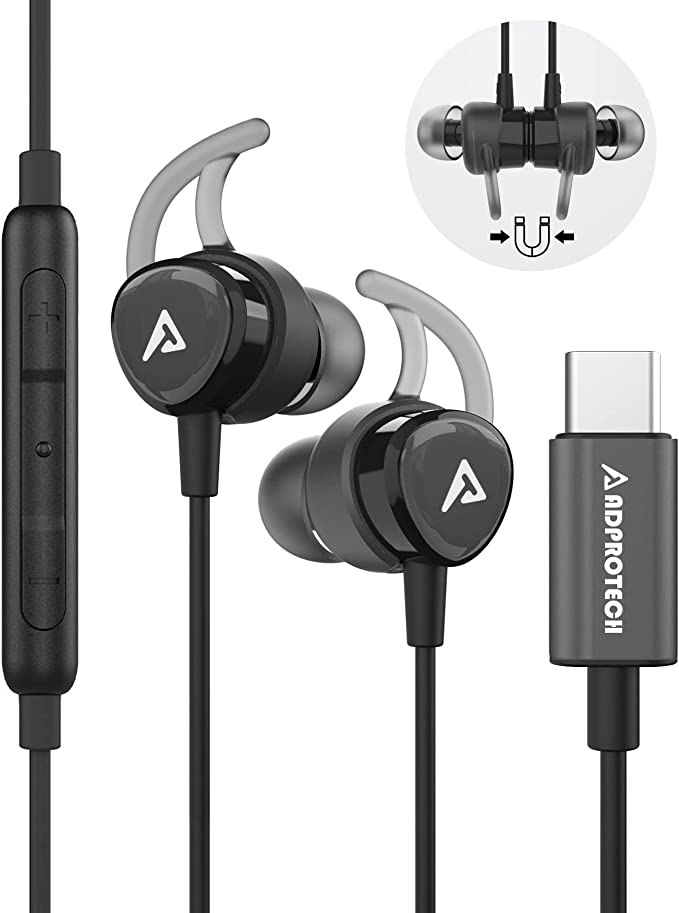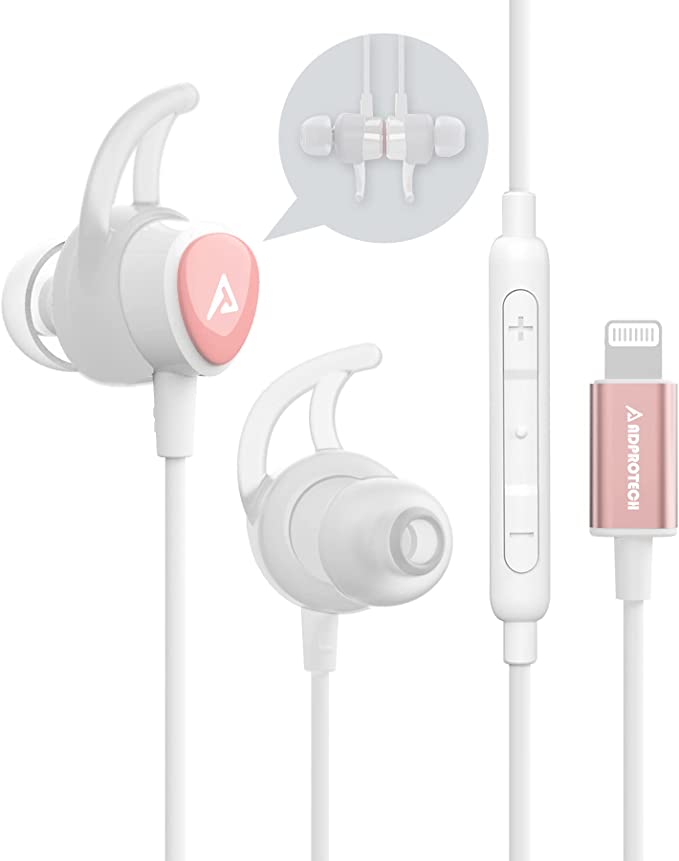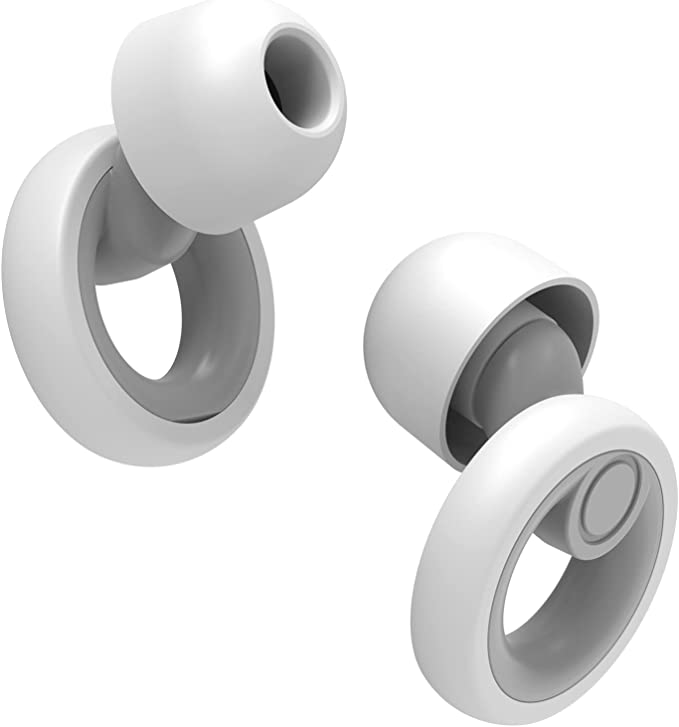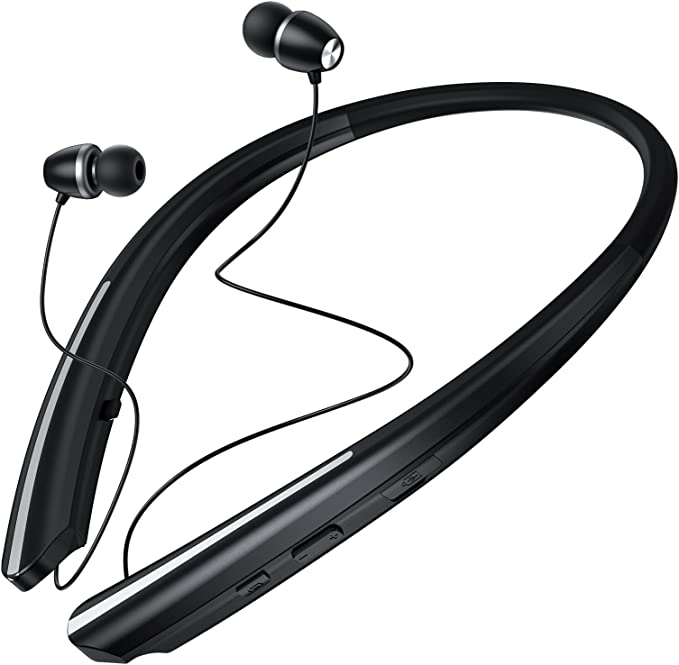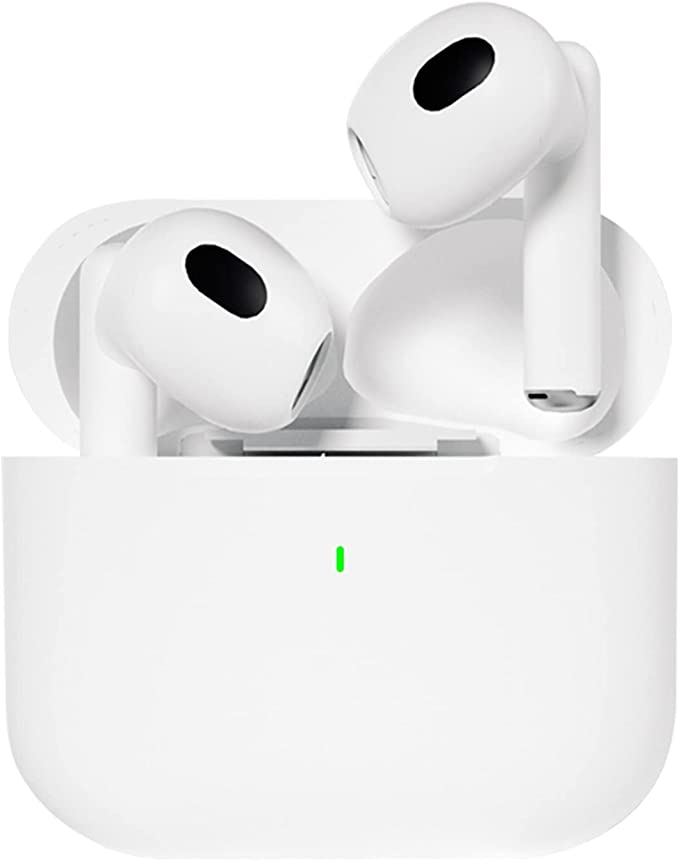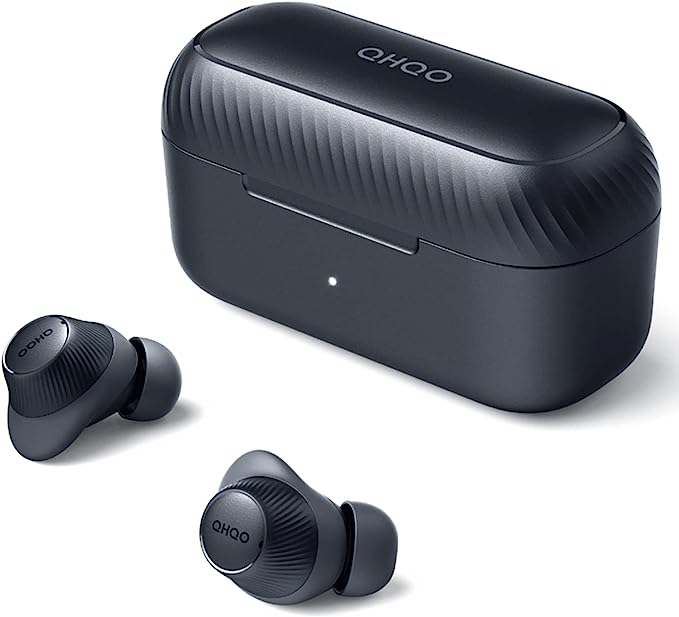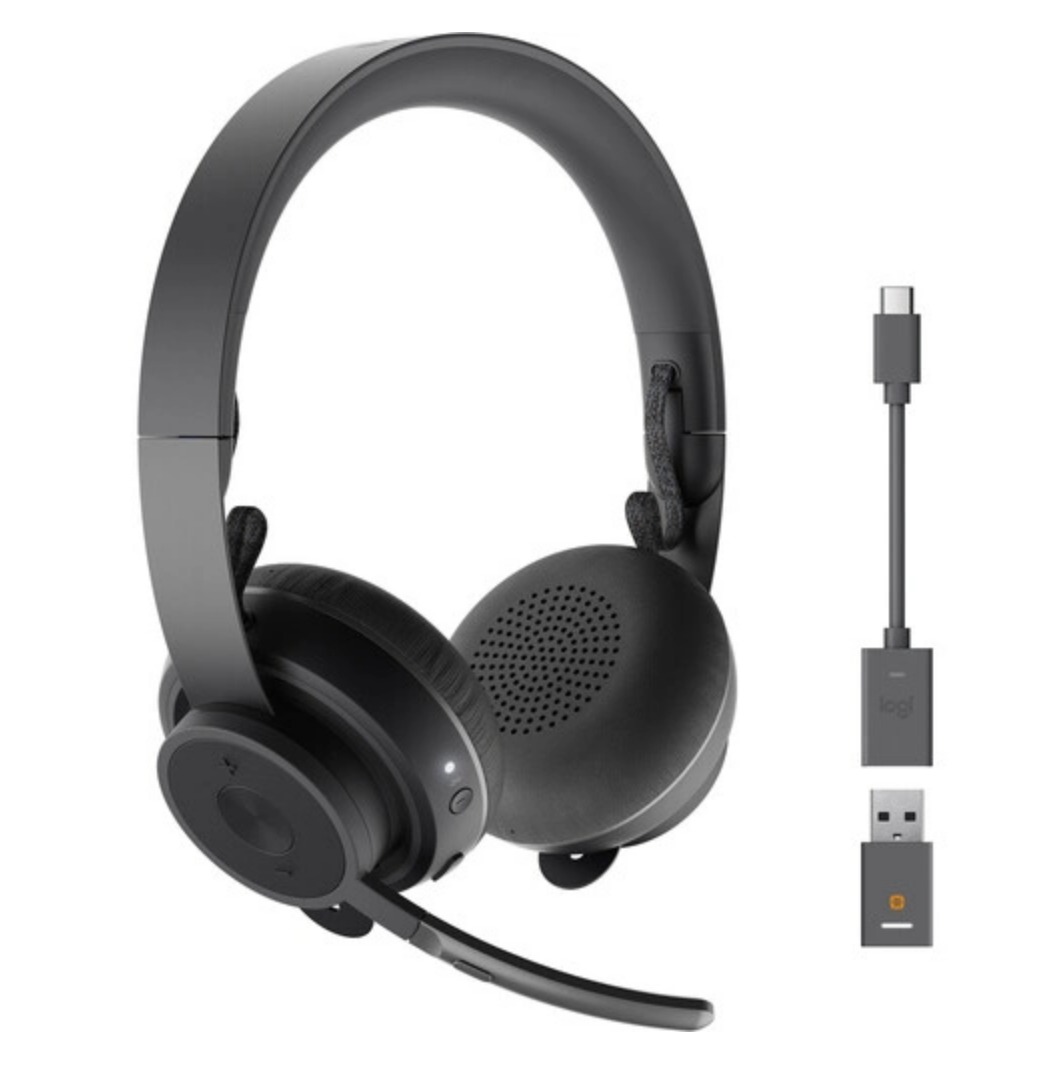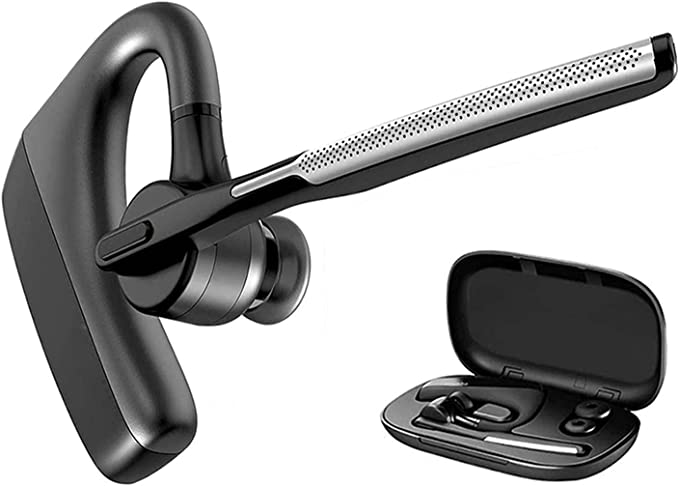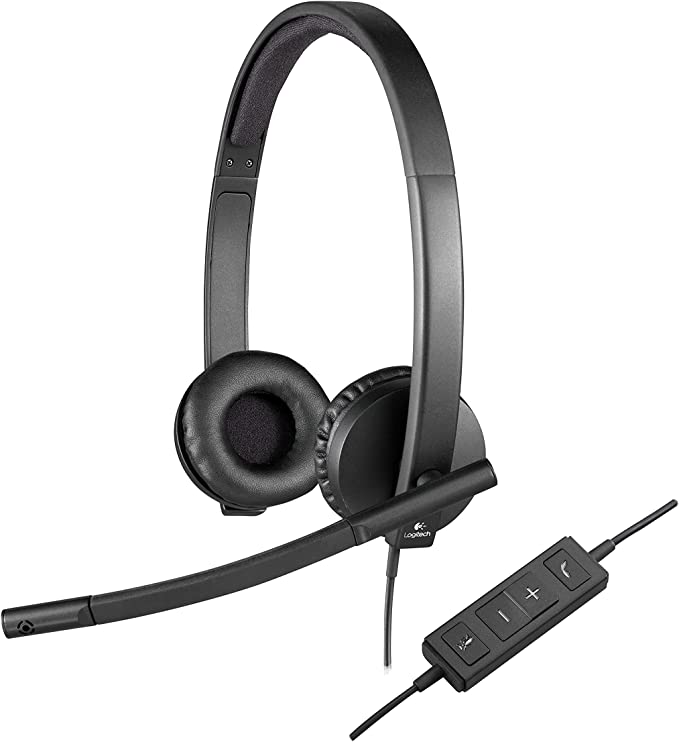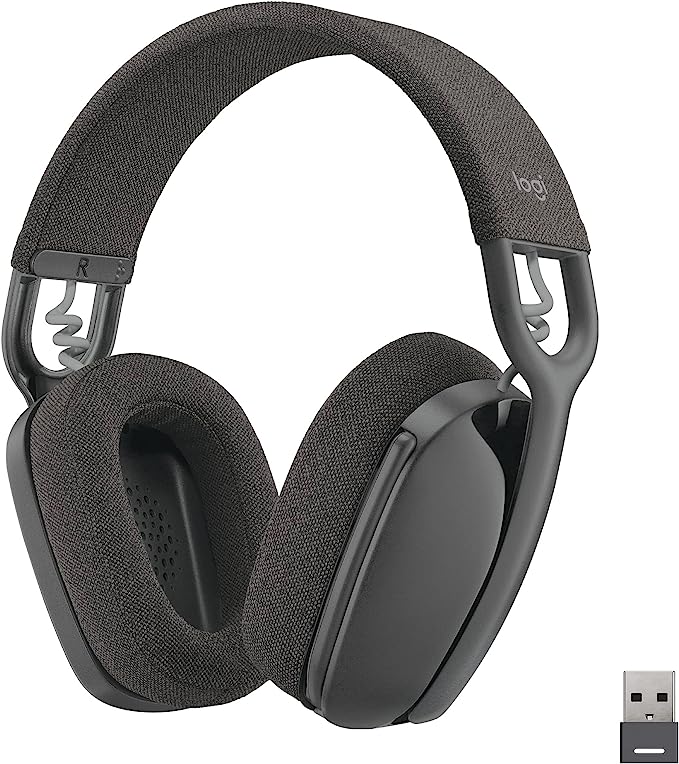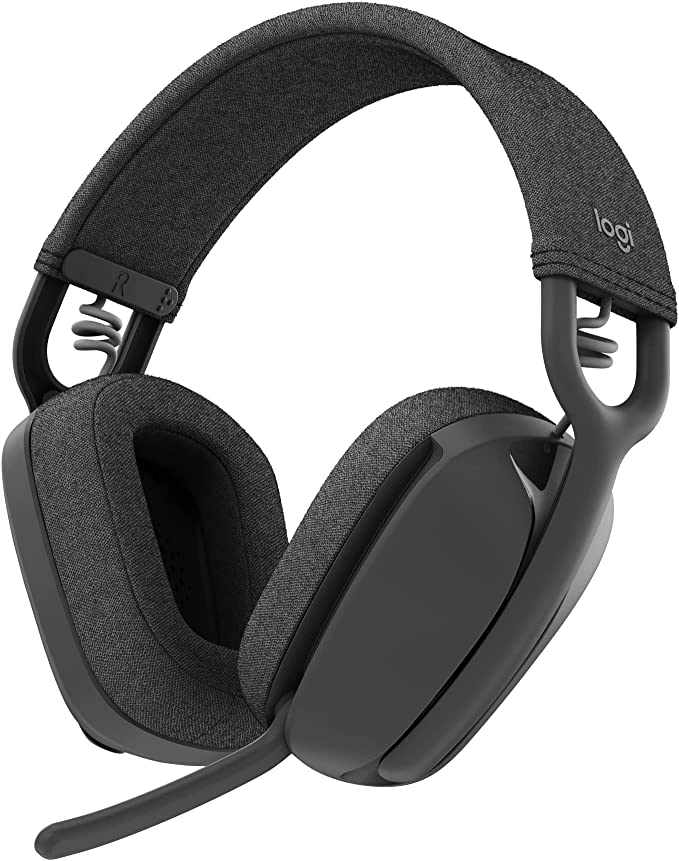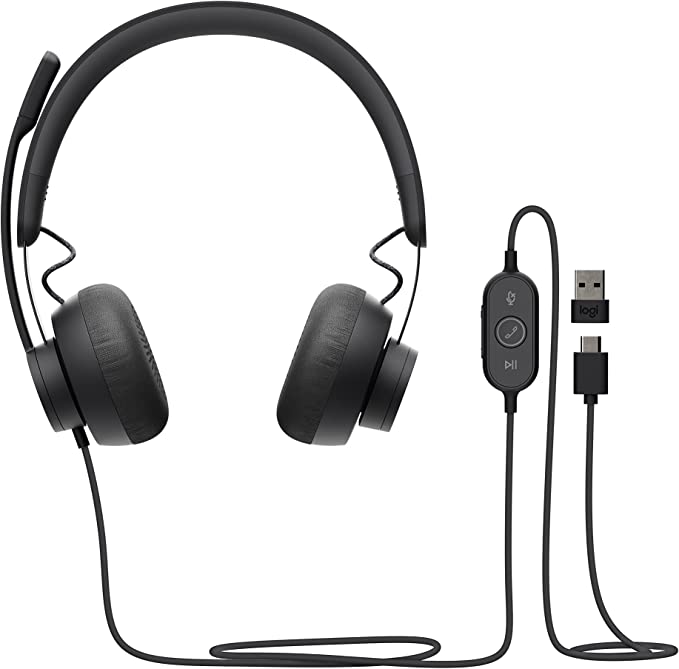Logitech H340 USB Headset: The Science of Clear, Simple Audio for Everyday Digital Life
Update on May 15, 2025, 5:05 a.m.
In the intricate tapestry of our modern digital lives, clear and personal audio has quietly become an indispensable thread. It’s the invisible conduit for critical business negotiations conducted across continents, the patient voice guiding a student through a complex online lesson, and the warm laughter shared between family members separated by miles but united by a video call. We often take this seamless audio experience for granted, yet behind every comprehensible word and every enjoyable note lies a symphony of thoughtful engineering. The Logitech H340 USB Headset, a familiar sight in many home offices and study nooks, serves as a perfect case study—a window into the accessible, yet often profound, science that powers our everyday connections. This isn’t just about a piece of hardware; it’s about appreciating the journey of personal audio from clunky, specialized contraptions to the sleek, intuitive communicators we rely on today. Join me as we peel back the layers and explore the unsung science within such a seemingly simple device.

The Digital Stream: How USB Brought Clarity to the Chatter
Many of us can recall, perhaps with a nostalgic wince, the era of analog audio connections for computer peripherals. The faint but persistent hiss, the crackle of interference, the way sound quality seemed to be at the mercy of cable quality and nearby electronic “noise”—these were the subtle fogs that could cloud our auditory experiences. Then came the Universal Serial Bus, or USB, an interface initially celebrated for simplifying data transfer but one that would soon revolutionize how we handle personal audio.
The magic of USB audio, as delivered by devices like the Logitech H340 USB Headset with its promise of “Pure USB digital audio,” lies in its fundamental shift from analog to digital signal transmission. Think of analog audio, traveling down a traditional headphone cable, as a delicate watercolor painting being carried through a bustling crowd; it’s susceptible to smudges and distortions along the way. Digital audio, however, is more like a precisely coded blueprint, broken down into packets of information (ones and zeros). These packets are robust, far less prone to degradation from external interference. The USB Audio Class standard, a sort of universal translator built into operating systems like Windows, macOS, and ChromeOS, ensures that your computer and the headset speak the same digital language fluently. When the H340 receives these digital packets, its internal circuitry (a miniature digital-to-analog converter, or DAC) reconstructs the sound with remarkable fidelity to the original source. For the user, this translates into consistently clearer voices during critical VoIP calls, richer details in music, and a welcome absence of that old analog static, whether you’re using it for internet calls or simply listening to music from your Mac or Windows computer.

Focusing the Voice: The Clever Acoustics of a Noise-Reducing Microphone
In any conversation, being heard clearly is just as vital as hearing well. Yet, our daily environments are rarely silent sanctuaries. The challenge for any communication headset is to isolate your voice from the “soundtrack” of life – the distant television, the click-clack of a keyboard, or the joyful bark of a canine colleague. The Logitech H340 tackles this with its “rotating boom microphone,” which is described as helping to “reduce background noise for clear chats.”
The science here isn’t necessarily about complex active noise cancellation circuits found in high-end headphones, but rather about clever acoustic design and the physics of sound. Most microphones designed for voice capture, like the one on the H340, employ a directional pickup pattern. Imagine this as a spotlight for sound; it’s most sensitive to sounds originating directly in front of it (your mouth) and significantly less sensitive to sounds from the sides or rear. The “boom” itself plays a crucial role. By extending the microphone closer to the sound source—your voice—it ensures that your speech is significantly louder to the microphone than most ambient noises. This proximity effect is a fundamental acoustic principle. The closer the microphone is to the desired sound, the better its signal-to-noise ratio (your voice vs. background sounds).
So, while the H340’s microphone might not silence a roaring jet engine, its directional nature and boom design work in tandem to filter out a good portion of common household or office chatter, ensuring your colleagues or loved ones hear you, not your environment. And when it’s time to just listen, the ability to rotate the microphone up and away is a simple, practical touch. Based on user feedback from the provided source material, this microphone is typically situated on the right side, a specific design choice that many find comfortable.

The Ergonomics of Connection: Why Comfort in Communication Matters
Consider the hours many of us spend wearing headsets: the marathon conference call, the back-to-back online classes, or that long-overdue, multi-hour catch-up with a friend. In these scenarios, comfort transcends luxury; it becomes a fundamental requirement for productivity and pleasant interaction. The Logitech H340 is described with features aiming for a “feel-good fit,” and the science of ergonomics explains why these details matter.
First, there’s the weight. At a mere 3.53 ounces (approximately 100 grams), the H340 is notably lightweight. This minimizes the strain on your head and neck, a crucial factor during extended wear. Think of it this way: even a small amount of excess weight can become surprisingly burdensome over several hours. The physics of pressure distribution is also key. An “adjustable headband” allows the headset to be customized to different head sizes and shapes, ensuring that the gentle clamping force required to keep the headset in place is spread evenly, rather than creating uncomfortable pressure points.
The “foam ear cups” contribute significantly too. Open-cell foam, commonly used in on-ear designs like this, offers a degree of breathability that can prevent your ears from feeling overly warm or sweaty, a common complaint with less porous materials. While on-ear designs don’t offer the same passive noise isolation as over-ear models, they often excel in lightweight comfort for general use. Adding to its practical ergonomics is the 6.2 ft (or 1.9-meter) cable, providing ample freedom to shift in your chair, reach for a document, or even stand up and stretch during those longer conversations without an abrupt disconnection. These elements, seemingly minor in isolation, collectively contribute to a design that respects the physical realities of prolonged use.

The Instant Handshake: The Quiet Revolution of Plug-and-Play
There’s a particular kind of quiet satisfaction that comes from technology that “just works.” You unbox it, plug it in, and it performs its function without demanding arcane rituals or software incantations. The Logitech H340 USB Headset embodies this “plug-and-play” philosophy, allowing you to “simply plug the headset into your PC for quick and easy stereo audio.” But what’s the unseen handshake making this instant usability possible?
The magic lies largely within your computer’s operating system and the standardized drivers it houses. For peripherals like USB headsets, key standards include the USB Audio Class and Human Interface Device (HID) specifications. These are essentially pre-defined communication protocols that tell the OS how to interact with a whole category of devices. When you connect the H340, your Windows, macOS, or ChromeOS system recognizes it as a compatible audio device and immediately knows how to send sound to its speakers and receive input from its microphone, all without requiring you to manually install specific driver software from Logitech.
For those who remember the “driver disk” era – the often frustrating hunt for the correct software to make a new piece of hardware function – today’s plug-and-play simplicity is a quiet revolution. It removes technical hurdles and makes technology far more accessible. Interestingly, some user experiences from the source material note the H340’s design lacks inline volume or mute controls on the cord. While some might see this as a missing feature, it can also be viewed as an extension of this “simple and reliable” design ethos, reducing potential points of failure and keeping the focus on core, dependable functionality.

More Than Just Components: The Enduring Value of Purpose-Built Design
The Logitech H340 USB Headset first became available, according to the provided information, around March 2011. In the fast-paced world of consumer electronics, a product lifespan of over a decade is noteworthy. It suggests that the headset struck a chord with users by effectively addressing a core set of needs with a reliable and accessible design. This longevity isn’t accidental; it speaks to the enduring value of technology that is purpose-built and user-focused.
Its collection of features—the clarity of USB digital audio, the practicality of a noise-reducing boom microphone, the consideration for lightweight comfort, and the straightforwardness of plug-and-play—aren’t just isolated bullet points on a specification sheet. They form a cohesive system tailored for the common demands of digital life in North America and beyond. Whether it’s the remote professional needing dependable audio for daily video conferences, the student participating in online learning environments, or individuals using it for casual gaming or staying connected with family and friends, the H340 offers a no-fuss solution. It’s a reminder that sometimes the most valuable technology isn’t the one with the longest list of features, but the one that reliably does what you need it to do, day in and day out, without drawing undue attention to itself.

Hearing the Hidden Science in Our Everyday Tech
The Logitech H340 USB Headset, in its unassuming way, is a wonderful example of the sophisticated yet often invisible science and engineering that empower our daily digital interactions. From the precise encoding of sound into digital streams that USB carries so faithfully, to the subtle acoustic principles that help its microphone distinguish voice from noise, and the ergonomic considerations that allow for hours of comfortable use, it embodies a quiet ingenuity.

It serves as a reminder that even the most accessible pieces of technology are built upon layers of scientific understanding and design iteration. Appreciating this hidden science doesn’t require an engineering degree; it simply asks for a moment of curiosity about the tools that so seamlessly weave themselves into the fabric of our lives, enabling clearer communication, richer learning, and stronger connections in an ever-evolving digital world.
